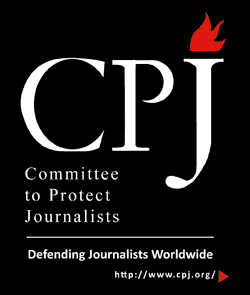This week, I updated the map for the World Watch section.
I also recreated the maps of Italy and Tunisia, using the data sets from the Web site which I found last week. I was not happy with my earlier versions, as they were too simplistic and felt that I needed to make them look better.


I tried to draw the map of Mumbai to add to the map of India in the article about Mumbai terrorist attacks, but failed, as the data I had about the areas of Greater Mumbai were confusing and not reliable. There are borders for certain areas but there are no names for them, and I had a hard time guessing what these areas were from the maps of Mumbai I could find on the Web. I will get back to this if I manage to get hold of better data.
I created maps of the United Arab Emirates,Iraq, and Bolivia for the articles about these countries. With the new data sets, I could easily make the maps of these small countries look interesting, as they are rich in details.



RESEARCH:
I finished preparing the questions for my research and the survey design.
The survey questions were mostly based on different studies about the audience’s attitudes towards ads and Web sites and on the hypotheses which have been supported in these studies.
I signed up for the website Surveymonkey.com and put the questions I planned for the survey on Web site ads. In previous discussions between me and my committee chair, we concluded that I needed to create a survey in a way that the audience could not go back to a Web site while answering the questions about it. The reason is that I need to make sure that they answer the questions based on their momentary impression of each Web site.
This proved to be a technical problem for me. Normally to create links in Surveymonkey, one has to put the link in a statement or a question. And then, there will be a new page outside the survey. This means that the audience could look at the same time at the questions and the Web site, which was not what I wanted.
Also all the pages of the questions share the same link. So it is impossible for me to make a link from one of my Web sites to a particular page of questions.
I consulted Mark Lewis, whose survey design on online news originally helped me form ideas about how to do my own survey. It turned out that his survey was made up of different surveys which explained why he could make links from a Web site to a particular page. This is because each page was actually a different survey, and therefore each has a different link.
This knowledge helped me to complete my survey design exactly the way I wanted it.

























